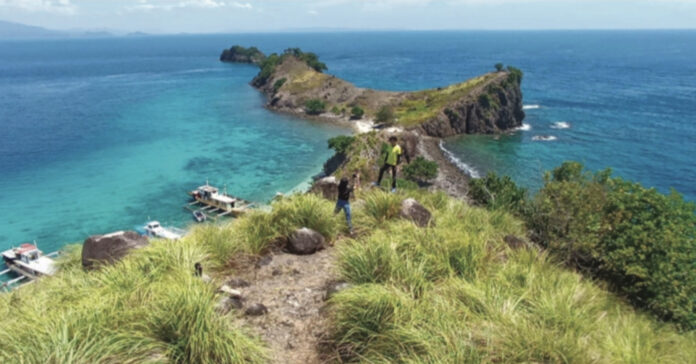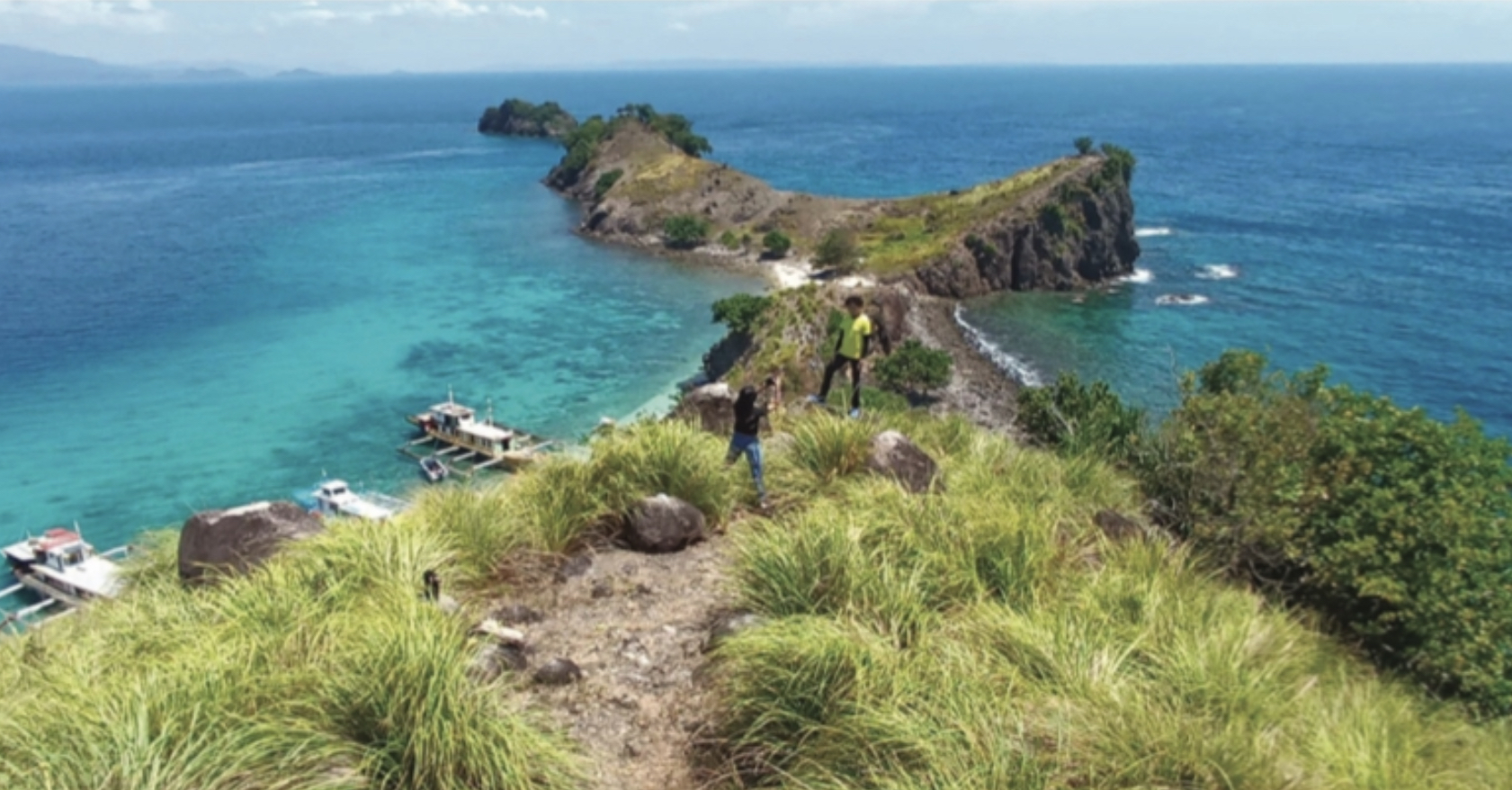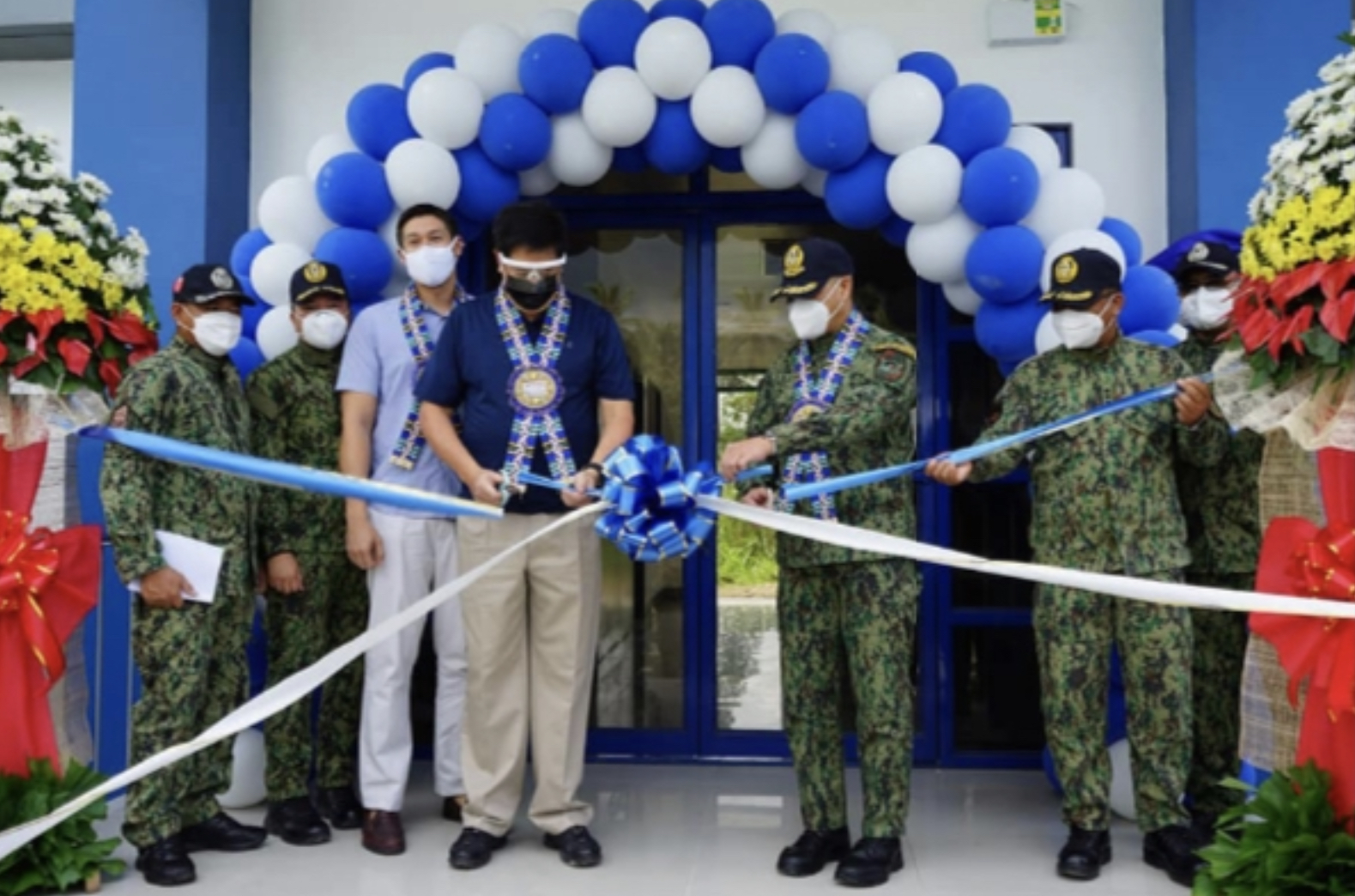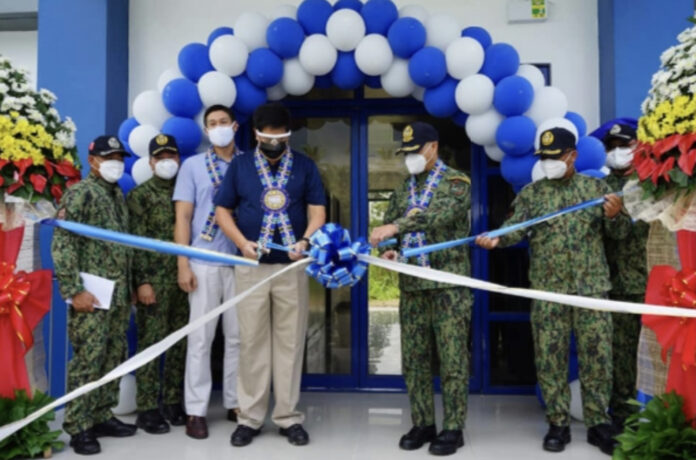Switching on of San Juanico Bridge lighting lined up among this year’s Samar Day highlights
TACLOBAN CITY – The formal switch on ceremony of the lighting project at the iconic San Juanico Bridge remains uncertain.
This was confirmed John Michael Cristobal, Samar provincial tourism officer, said that due to some technical problems that need to be fixed.
He, however, said they hope to have the ceremony in time for the Samar Day celebration on August 11.
The P80-million San Juanico Aesthetic Lighting project is funded by the Tourism Infrastructure and Enterprise Authority (TIEZA) was approved in 2018.
The bidding started in 2019 with the groundworks started in the same year.
Amigo Entertainment Technologies Inc., the contractor of the project, had targeted earlier the completion last year but was not realized due to the ongoing pandemic caused by the coronavirus disease (COVID-19).
A test run was held in December 2020 with glitches identified resulting for another delay of the turn-over.
“We are targeting August 11, in time for the 180th Samar Day celebration but this may become early depending on the development,” Cristobal said.
Amigo lighting is targeting to finish the electrical lighting wiring works this April while works at the substation is targeted to be completed by June.
Early this year, the contractor had asked for the 90-day extension to fix the power connection from the substation to the bridge.
The contractor found the problem when they turned the lights on during the dry run from mid-December to January of this year.
Cristobal added that the project consultant and TIEZA also suggested to modify the substation located in one of the islands below bridge to optimize the use of power supply and efficient operations and reliable supply to the lighting requirements of the San Juanico Bridge.
Once operational, San Juanico Bridge will not only become a day-time tourist attraction but a night-time destination with the provincial government projecting business establishments operating around the area. (ROEL T. AMAZONA)
Sambawan Island now open for tourists to visit; health protocols still mandatory

In Maripipi, Biliran

MARIPIPI, Biliran – After almost a year, the main tourist destination of this island town has reopened for tourists.
Mayor Joseph Caingcoy led in welcoming the guests to Sambawan Island beach resort on April 23, saying the move was part of their campaign to help revive its local economy hit by the coronavirus disease (COVID-19) pandemic.
“The decision to reopen Sambawan is part of our plan to improve our local economic enterprise,” the town mayor said.
“Revitalizing the local economic enterprise will help us create more revenue generating business,” he added.
While Maripipi has several natural attractions to offer to tourists, Sambawan that is located around five kilometers from the western coast of the island town is their prime tourist destination, not only of the municipality but the province of Biliran as well.
The local government unit will manage the operation of the beach resort after the contract with the developer was terminated.
“For our future plans, the LGU is planning to invest more development in the island especially in the infrastructure aspect, like the cottages, benches, (and) canteen. We have a budget but it is not enough, “he said.
Providing 24-hour power in the island and constructing water reservoir are among the immediate plans for the operation of the island.
At present, the LGU only allows day tour for the island and does not encourage overnight stay due to problem on electricity and water supply.
The day tour is only open for regional tourists at present as the municipal government is still studying protocols that needs to be impose for allowing domestic and foreign tourists.
“We’re hoping that the provincial government and the Department of Tourism can help us to have access for funds for this projects,”Caingcoy said.
As part of the LGU handling the famed tourists’ destination in Biliran province, Mayor Caingcoy said that on top of the existing municipal tourism council, they had created the Sambawan Management Tourism Committee which will oversee and monitor the operation in the island.
Sambawan, an island with semi-curved beach and declared a marine sanctuary, is not only good for swimming and trekking to the highest peak of the island where a view deck that offers for 360 degrees and picturesque view of the island but also has areas good for scuba diving.
To encourage more tourists to visit the island, Mayor Caingcoy disclosed that they are studying the proposal to offer additional activities such as sports fishing.
Moreover, as part of promoting Sambawan and revitalizing tourism activity in Biliran province, the provincial tourism office has offered to travel and tour operators a package which, aside from visiting the island, tourists will also have to experience the cold and refreshing water of the famous Ulan-ulan waterfalls in Almeria town.
All visitors on the island are mandated to follow all the health protocols amid the continuing threat of coronavirus disease (COVID-19).
Also part of the requirements is to apply for the Biliran QR code which takes around three days to process after submitting the online registration form.
Tourists from Samar are even they are closer to Sambawan will have to go to the Biliran border checkpoint located after the Biliran bridge for the QR code check and filling up of the Tourist Arrival Force at the tourist assistance booth located near the border checkpoint.
After filling up the form, tourists will be directed to go immediately at the Kawayan port where motorboat will bring them to the Maripipi Municipal Tourism Office located at the municipal port for them to register and pay fees that cost about P100 before they can enter Sambawan.
Those who did not register will not be allowed to enter the island.
(ROEL T. AMAZONA)
EV logs more than 140 new COVID-19 cases
Just for two days alone
TACLOBAN CITY- Over 140 new cases of coronavirus disease (COVID-19) were recorded by the Department of Health here in the region over the weekend.
The DOH also reported four deaths on the same period involving three senior citizens and one 17 -year old.
With the continuing increase of COVID-19 cases of the region, the DOH once again renewed its call for the public to strictly follow all the mandatory health protocols.
“We are (again) appealing to our people to strictly observe all the mandatory protocols like the wearing of face mask and face shield and social distancing,”Jelyn Malibago, information officer of the DOH, said.
The 144 new cases of COVID-19 cases of the region monitored over the weekend, 79 of them were reported by the DOH last Saturday (April 24) and 65 on Sunday (April 25).
Of the new cases, Leyte province posted the highest cases with 64 followed by Southern Leyte with 41.
Biliran meantime has 20 new cases, Samar- with 13 and Northern Samar with six.
Only the province of Eastern Samar did not post any new cases.
On Monday (April 26), the region logged 13 new cases of COVID-19, raising the region’s total cases to 17,693 since the pandemic started March of last year.
Meantime, the new four deaths involved an 81-year old woman from Burauen town, Leyte who died on April 21; a 65-year old man from Tacloban City who died on April 23;and a 66-year old woman from Almeria, Biliran who succumbed on April 24.
A 17-year old woman from Palapag, Northern Samar died due to COVID-19 complications last April 20.
The total deaths of the region now stand at 270.
As this developed, the Sogod District Hospital in Sogod, Southern Leyte shut down its operations beginning Sunday.
This will give way for the management of the hospital to conduct an ‘extensive disinfection’ after two of its patients were confirmed to have been infected with COVID-19.
Dr. Lyn Cadavos, administrative officer of the hospital, said that they have yet to decide when they will reopen their facility as she appealed to those who visited the place from April 21 to April 25 to conduct self-isolation for any possible sign or symptom of the infection.
Inauguration, blessing and turn-over ceremony of the Tacloban Police Station 3


